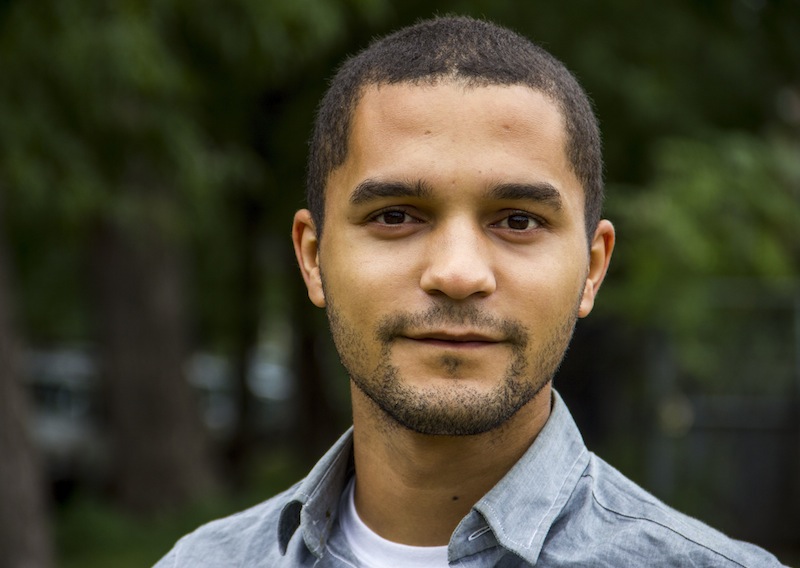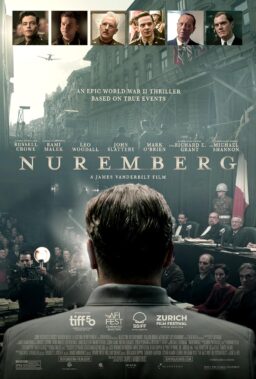
Available on Netflix Instant and Amazon VOD
Gathering the notion that excess equals legitimacy, studios as well as independents seem to have recently relegated the term “black” filmmaking to mean diversity-centric productions with market potential. In the past few years, as films like “Pariah” (2012), “Restless City,” and “Middle of Nowhere” carve out singular representations of black perspectives. It seems damaging to believe that simple bait-and-switch tactics, as seen in Neil LaBute’s remake of “Death at a Funeral” (2010), can fall under the same blanket classification.
Right now, there remains a difference between “black film” and films involving the black experience, and with director Barry Jenkins’ 2008 romance “Medicine for Melancholy,” there is frustration but also discovery in negotiating the boundaries of both. It is a celebratory film, one that remains deeply personal in its focus on two African-American lives, but also, more importantly, examining a potential relationship between two people just out for a stroll.
Before any nighttime walks though, the harsh light of the morning wakes both Micah (Wyatt Cenac) and Joanne (Tracey Heggins) up in a friend’s bedroom, half-clothed. Circling one another from mattress to bathroom sink, they quietly take turns covering their finger with toothpaste to wash away the previous night’s drunken mistakes. They dress and depart their affluent friend’s apartment together, not on purpose, but because they’re headed across San Francisco in similar directions. However, after Jo’s left-behind wallet brings the two together once more, they reexamine their shaky beginnings, and in the process discover their two different perspectives of black, middle-class life in the Bay area.




In “Medicine,” familiar elements of the romantic genre abound, with Jenkins’ self-described touchstone being Claire Denis’ 2002 film “Vendredi Soir,” but along with other modern entries like Andrew Haigh’s “Weekend” (2011) and the modern classics, “Before Sunrise/Sunset,” a more specific, gentler sub-genre of “ticking time-bomb” cinema has quickly manifested. In these offerings, it is not the impeding death of the President’s daughter pressing the protagonists to action, but rather the end of romantic potential if certain events are not reversed. In Jenkins’ film, it is revealed early on that Jo has cheated with Micah on her London-stationed curator boyfriend with whom she lives, but as her feelings for Micah grow over the course of that Sunday afternoon, the film observes them paying heed to that fact while attempting to grasp its significance.
Crafting a relationship that renders this emotional growth believable proves the central obstacle for the narrative to overcome, and luckily it performs this feat tremendously well. Cenac and Heggins, under the guiding hand of Jenkins, pull off the journey by denying any undeserved outbursts of emotion or anger from sneaking through, and aside from visible story strings pulling the pair together in the beginning, their dynamic feels effortless. Jenkins subtly casts both characters as well-drawn, competing temperaments, with Jo having developed an emphasis on personal identity over society’s views of such, while Micah frustrates her by constantly turning to an invisible podium to contend just the opposite.
At the time of the film’s release, Cenac was known primarily for his “Daily Show” correspondent pieces – a large percentage of audiences for “Medicine” likely came from that fact – but his performance is that much more surprising because of it. There definitely remain moments of humor that the actor executes well, but as Micah they are always filtered through an anxious need for Jo’s response, or a defensive quip meant to mask a past moment of pain.




Heggins, as a resourceful woman who instantly intuits Micah’s troubled history, enjoys his comic efforts nonetheless, but in the back of her mind, she knows a subsequent rant on racial injustice or gentrification is not too far behind. Jo is not ignorant of these issues – in fact, she corrects Micah on more than one occasion – but she is more focused claiming her identity around the strict boundaries of “blackness” as it is commonly defined. Miraculously, as much as the film is centered around discussions of race, displacement, and gentrification, it never becomes a series of proclamations and debate points. There are moments, such as during Micah and Jo’s visit to “MOAD (Museum of the African Diaspora), not MOMA,” when text describing the African-American experience is literally shown on-screen, but these sequences cast an essential mood over the film, as both the characters and the audience realize the difficulty of progress while keeping history planted in relevancy.


“Medicine” is Jenkins’ first film; those hunting for confirmation of that fact will not have to search far to find gratification. The acting is occasionally shaky, some shots linger on the San Francisco surroundings just a shade too long, and the indie-rock soundtrack sometimes threatens to overwhelm the action on-screen, but largely these elements cohere expertly. Cinematographer James Laxton nearly drains the film of color with his digital palette, allowing a hazy aesthetic by turns stark and vibrant to take hold, while editor Nat Sanders matches his work nicely by cutting several stirring sequences that showcase the film’s nuances. One of these occurs near the end, after Micah explains to Joanne his definition of indie culture, and how every aspect – including the average concert demographic – directly conflicts with the notion of “blackness.”

This conversation then leads to the film’s most joyous and exhilarating scene as the pair enter a packed indie-rock club and begin to drink and dance like we imagine they did the night they met. As the camera furiously whips around the environment, it becomes increasingly clear they are indeed the only black people present, but in this one moment they simply remain unaware, or choose willingly to remain so for a brief, fleeting instance.

In the hours following their ill-advised one-night stand, Micah and Jo duck into a café and share an awkward cup of coffee, their glances checking the other’s uncomfortable posture along with their own. Flustered by the absence of conversation, Micah offhandedly asks Jo what she does, and it is her measured response of, “‘Where do I work?’ or ‘What do I do?'” that she, along with the film, attempts to examine and clarify. The pivotal distinction between what one must do and what one would prefer instead courses through the pair’s individual struggles, and as their relationship threatens to slowly crumble from that aspect, “Medicine for Melancholy” excels in claiming a vision clearly done with undivided passion from all involved.
 Charlie Schmidlin is a writer and filmmaker from Chicago, and currently writes for the Indiewire blog The Playlist.
Charlie Schmidlin is a writer and filmmaker from Chicago, and currently writes for the Indiewire blog The Playlist.











